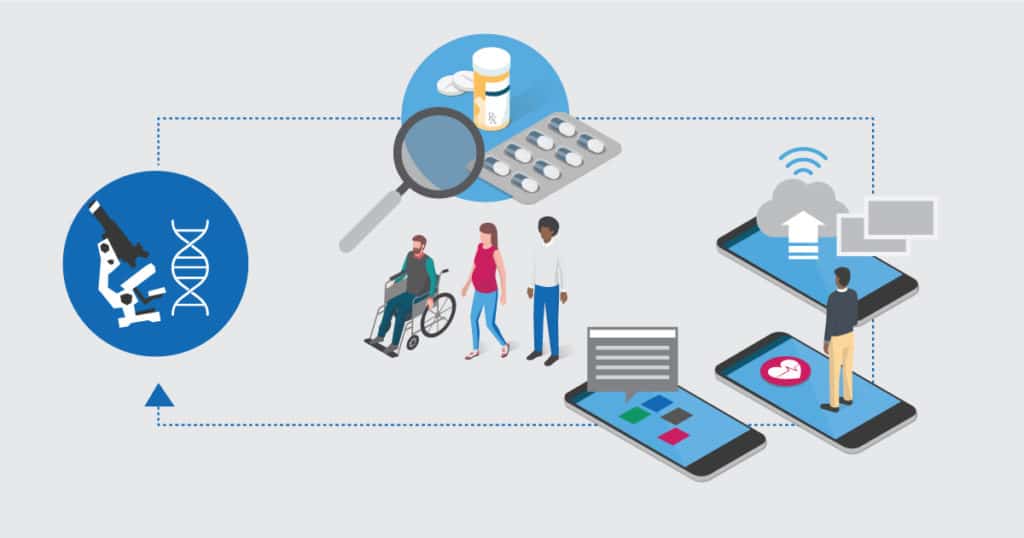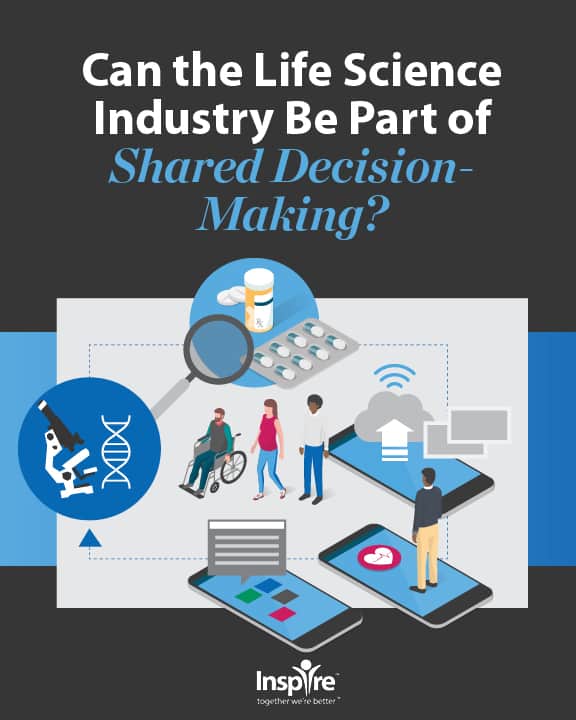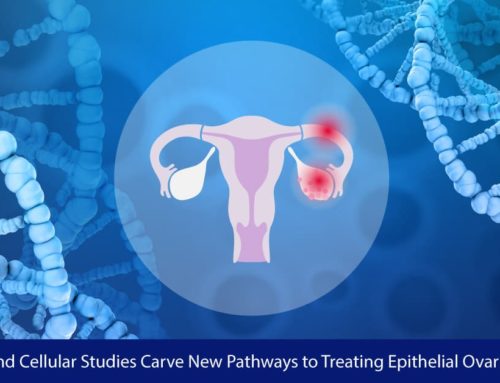Can the Life Science Industry Be Part of Shared Medical Decision-Making?

By Richard Tsai
In the past, if there was something wrong, most patients went to the doctor and did what their doctors told them to do. Now, the plethora of available online health information has transformed the dynamic between patients and their doctors. According to Pew Research Center’s 2013 data, 59% of Americans search for health information online. In 2015 Google found that one in twenty online searches were health-related.1
Armed with information about diagnoses and treatments, patients can change the medical decision-making process. Inspire’s 3rd Annual Survey “Insights From Engaged Patients” found that 69% of patients make medical decisions collaboratively with their physicians and 22% make them mostly/entirely by themselves. How does an empowered patient affect the traditional strategies used by the life science industry to market products? How can the life science industry play a meaningful role in the decisions that patients and healthcare providers make?
The survey also found that members remain disconnected from the life science industry. Only 12% of patients knew all of the makers of their medications, 15% said that they knew most of the makers of their medications, 35% knew some of the makers, but 38% didn’t know any of their medication manufacturers.2
For the past three years Inspire’s research team asked if patients feel they have a relationship with pharmaceutical companies and there has been little change over that time. In the most recent survey, 14% of respondents feel that they have a relationship with the pharmaceutical companies; 38% of whom report having a good relationship – a figure that has been decreasing slightly over the past 3 years.2 Are there opportunities to change this dynamic and build trust?
In November 2016, Inspire’s CEO Brian Loew wrote a message to Inspire’s members asking “How do you make medical decisions?” That post received over 1,000 responses as of April 2017. A qualitative analysis was conducted on the first 500 responses and a number of themes emerged from this user generated content (UGC).
We’ve created an eBook documenting the research, providing insights into shared medical decision-making by patients and caregivers and recommendations for the life science industry based on our findings. Download our eBook, Can the Life Science Industry Be Part of Shared Decision-Making?
Inspire offers a trusted community to patients and caregivers. Our goal with this blog, this website and our content is to provide the life science industry access to the true, authentic patient voice. In so doing, we support faithful operationalization of patient-centricity. Take a look at our case studies, eBooks and news outlet coverage.
References:
1 Ramaswami, P. (2015, February 10). A remedy for your health-related questions: health info in the Knowledge Graph. [web log]. Retrieved from https://googleblog.blogspot.com/2015/02/health-info-knowledge-graph.html
2 Insights From Engaged Patients: An Analysis of the Third Annual Inspire Survey. Retrieved from https://corp.inspire.com/resource/3rd-annual-survey/






